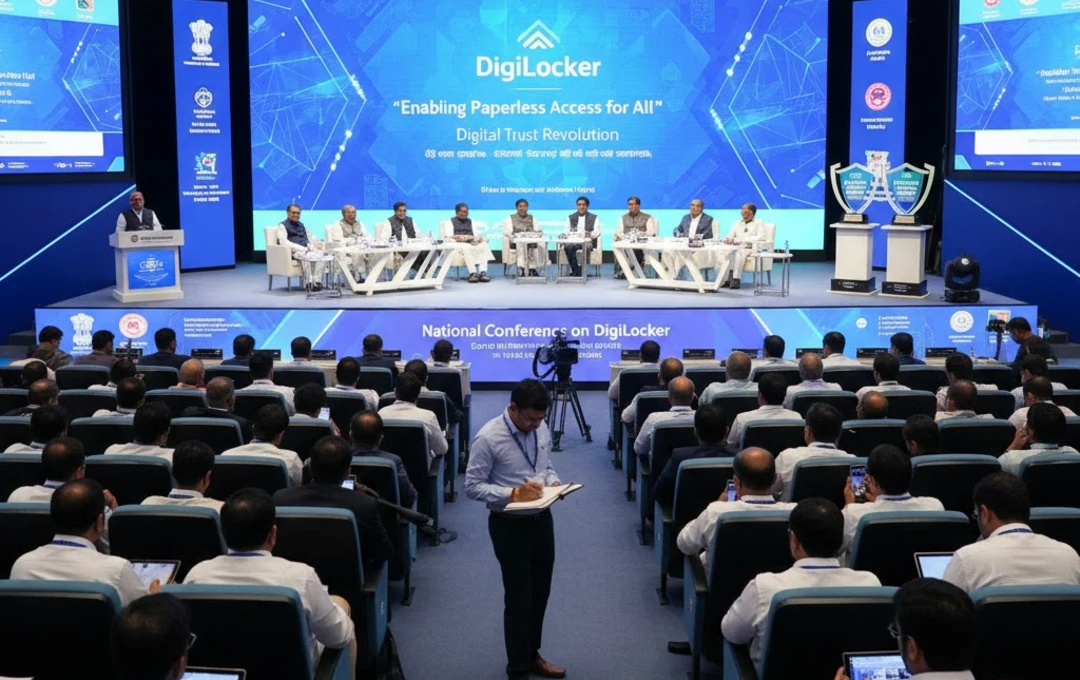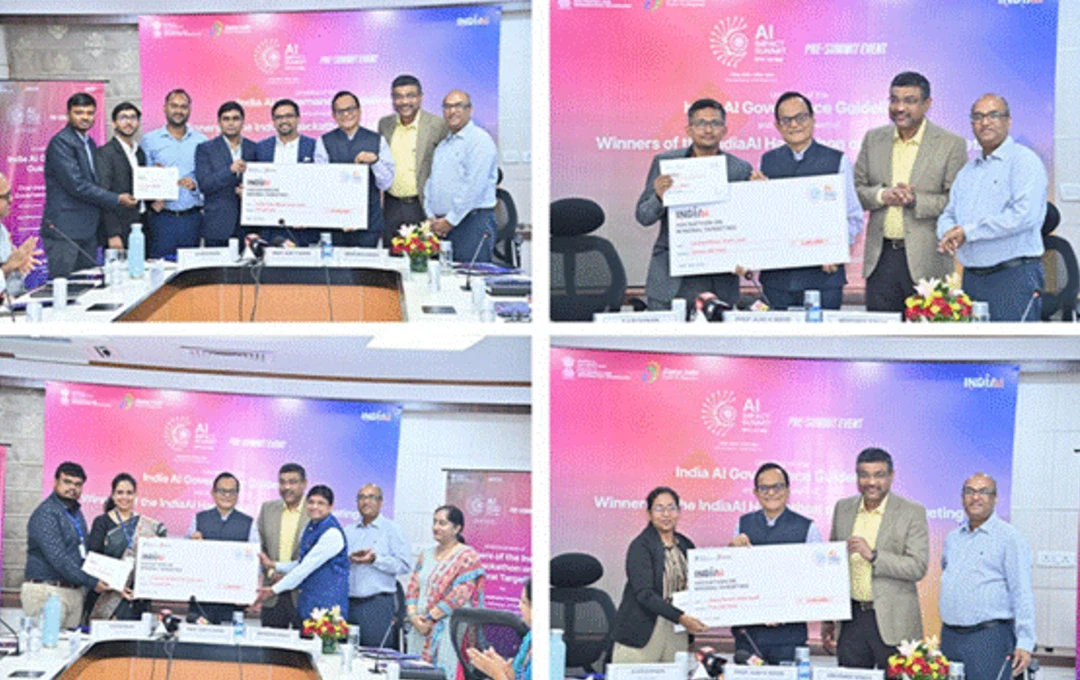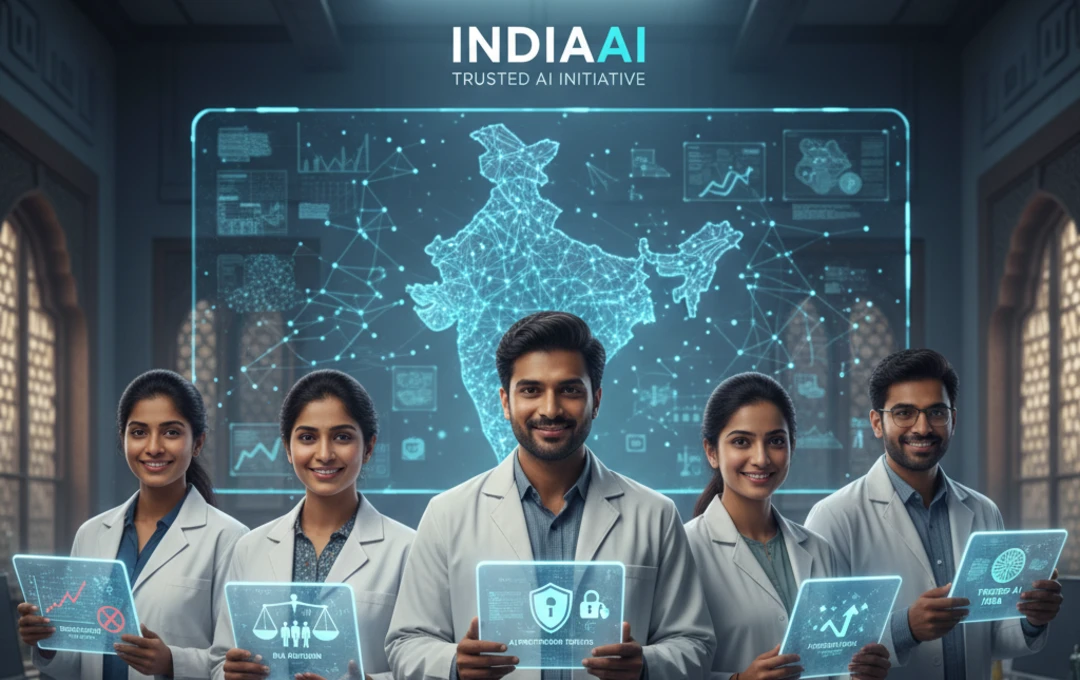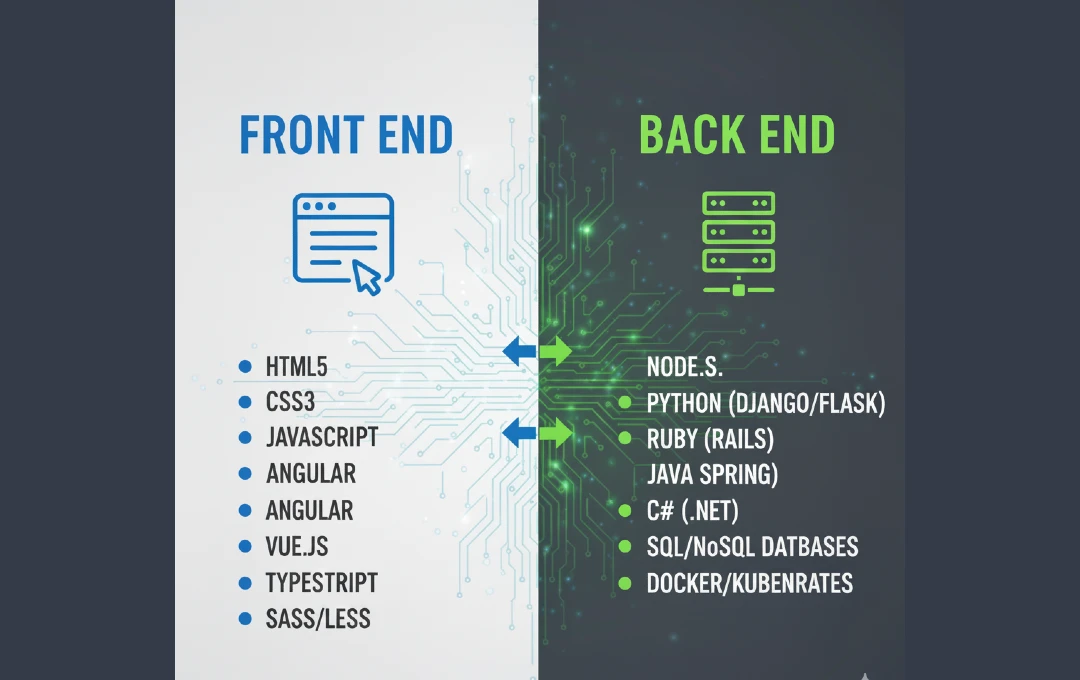Empowering Women and Children Through Technology: A New Era of Welfare Governance
Transforming women & child welfare in India with Poshan Tracker, DBT, and tech-led reforms under PM Modi for real-time impact and transparency.
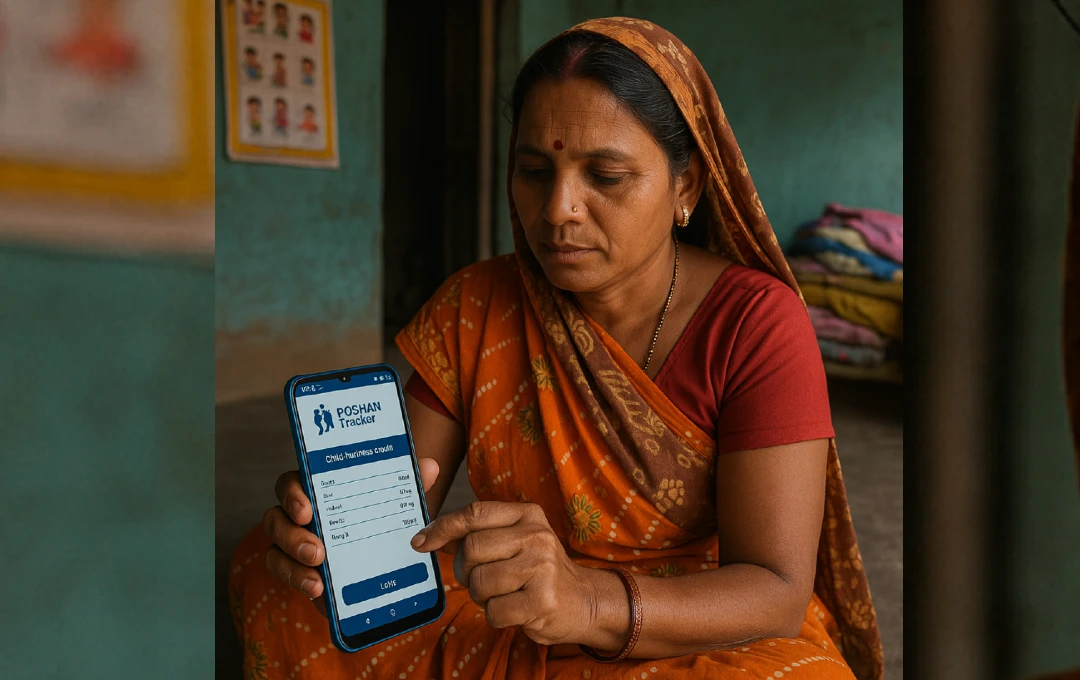
The transformative power of digital technology continues to reshape public service delivery across India. On July 2, 2025, Prime Minister Shri Narendra Modi reaffirmed the Government's commitment to this digital revolution by highlighting efforts to strengthen women and child welfare through cutting-edge technological solutions.
In response to a post by Union Minister Smt. Annapurna Devi on social media platform X, the Prime Minister's Office shared an insightful note emphasizing key innovations that are driving real-time, impactful change nationwide.
"Union Minister @Annapurna4BJP Ji writes about how the Government has leveraged technology to transform women and child welfare. Initiatives like Poshan Tracker, a dedicated grievance redressal module, and direct benefit transfers (DBTs) are driving real-time, impactful change across the country."
Key Initiatives Fueling the Transformation
1. Poshan Tracker
The Poshan Tracker is a dynamic digital platform under the POSHAN Abhiyaan (Prime Minister's Overarching Scheme for Holistic Nourishment), designed to monitor and manage services related to maternal and child nutrition.
Through this app-based system:
-
Anganwadi workers log real-time data on children's growth metrics and health status.
-
Pregnant and lactating women receive timely nutrition advice and health updates.
-
Authorities can track implementation efficiency and respond to regional deficiencies.
This transparency ensures that benefits reach the right beneficiaries, minimizing leakages and delays.
2. Direct Benefit Transfers (DBT)
The use of DBT in welfare schemes has revolutionized the way government aid reaches women and children. By transferring funds directly into the bank accounts of eligible individuals:
-
Middlemen are eliminated, reducing corruption.
-
Timely financial support is ensured, particularly for expectant mothers, under schemes like Pradhan Mantri Matru Vandana Yojana.
-
Families receive funds for nutrition, health care, and education without administrative bottlenecks.
3. Grievance Redressal Module
An effective feedback mechanism is crucial in any large-scale program. The newly implemented dedicated grievance redressal module allows beneficiaries and field workers to:
-
Report issues directly via mobile apps or online portals.
-
Track complaint status in real-time.
-
Ensure faster response and accountability from authorities.
This module represents a shift from passive welfare delivery to responsive governance, empowering users to voice concerns and demand timely action.
Digital Inclusion: The Foundation of Welfare Reform
India's emphasis on digital inclusion, especially in rural and underserved regions, has made these reforms possible. With initiatives like Digital India, Jan Dhan-Aadhaar-Mobile (JAM) trinity, and widespread mobile internet penetration:
-
Women in even the remotest villages can access government services.
-
Frontline workers are equipped with smartphones and tablets to perform their duties more efficiently.
-
Real-time dashboards help ministries monitor performance and course-correct instantly.
A Vision for the Future
Prime Minister Modi's focus on technology-enabled governance reflects a broader national vision - one where every woman and child has access to the tools and services they need to thrive. The integration of data, transparency, and accountability is not just improving service delivery but also restoring dignity and agency to India's most vulnerable communities.
As the Prime Minister shared this vision with the nation, it serves as both a progress report and a call to action - to continue leveraging innovation for inclusive development and to ensure that no woman or child is left behind in India's growth story.
